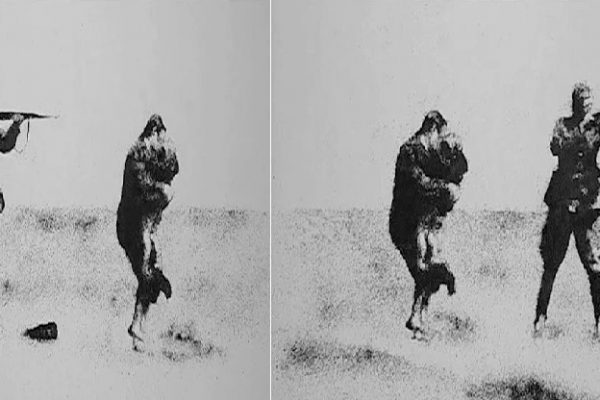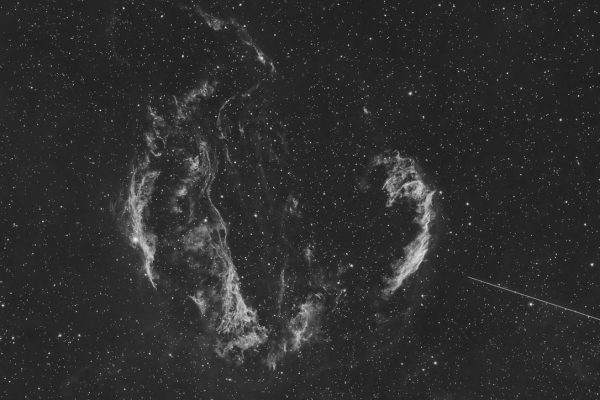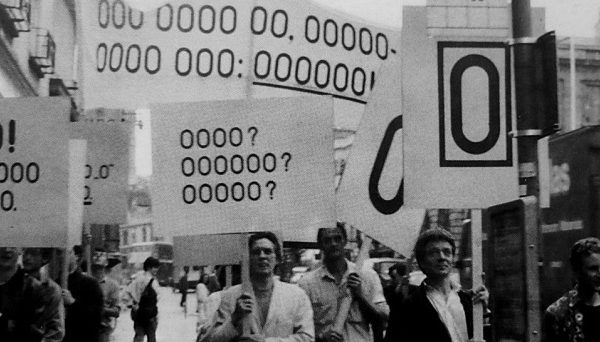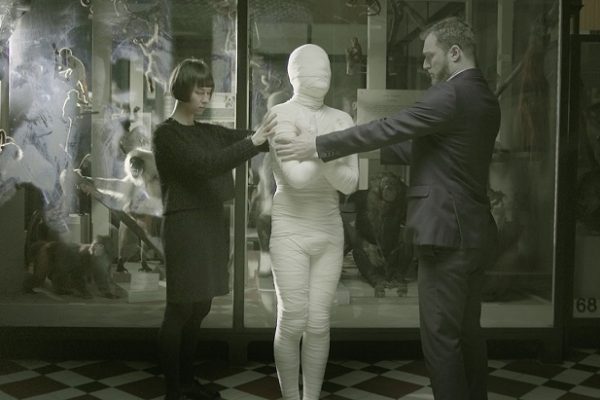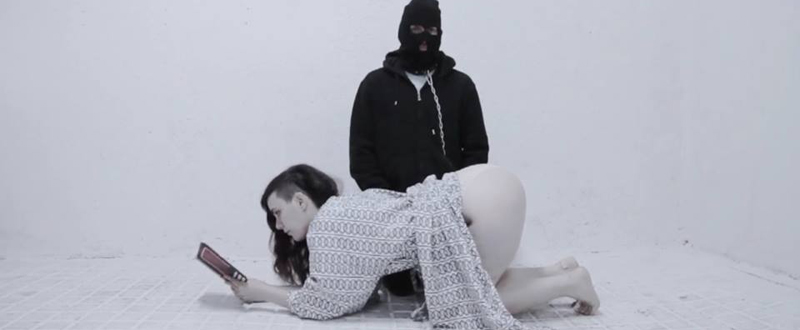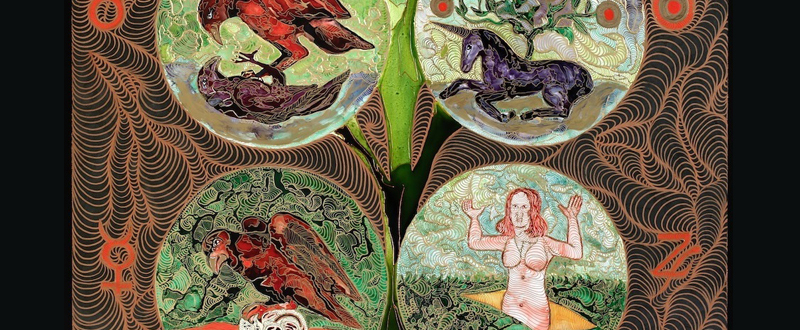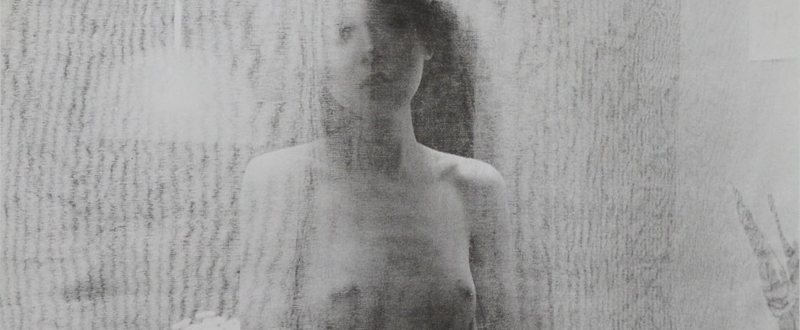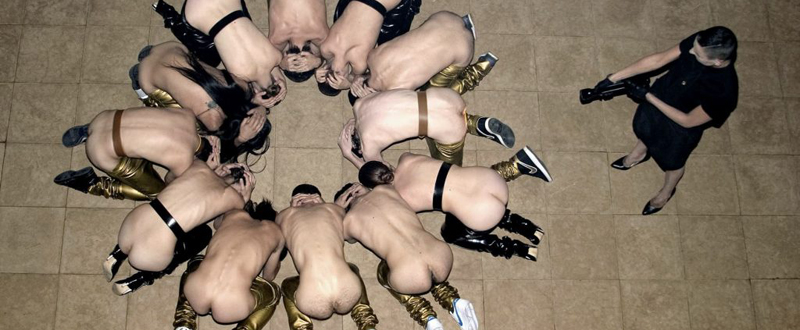André Lepecki atribuyó a la figura del bailarín callejero la potestad para quebrar de forma creativa la circulación preestablecida en los lugares preasignados, oponiendo a la coreografía policial la coreopolítica, que contagia el movimiento cuerpo a cuerpo, transmitiendo afectos, favoreciendo la emergencia del sujeto allí donde ha sido ninguneado. Un movimiento, múltiples modos singulares de expresarlo. Para Raisa Maudit el movimiento también es un ejercicio liberador, contagioso, que irradia invectivas anárquicas desde la dramaturgia corporal. […]
Mes: octubre 2016
Raisa Maudit, when the damned take over the world
André Lepecki attributed to the figure of street dancer the power to break creatively preset circulation in the preassigned locations, opposing the police choreography the choreopolitics, which spread the movement from one body to another, transmitting affections, favoring the emergence of the subject where it has been ignored. One movement, multiple singular ways to express it. For Raisa Maudit the movement is also a liberating and contagious exercise, radiating anarchic invectives from the body dramaturgy. […]
Marina Vargas, el cuerpo como contenedor
Los historiadores suelen situar los inicios del arte en la búsqueda de la mimesis, o la copia de lo mismo, que Plinio el Viejo ejemplificó con el relato de una joven dibujando la silueta de su amante en la pared para retener su imagen. Pero la pintura rupestre revela que el hombre y la mujer primitivos apenas se auto-representaban, y cuando lo hacían era en fusión con otros animales (teriántropos) o bien de modo sumamente […]
Marina Vargas, body as container
Historians generally place the beginnings of art in the search of mimesis, the copy of the same, that Pliny the Elder exemplified by the story of a girl drawing the silhouette of her lover on the wall to retain his image. But the cave painting reveals that primitive man and woman barely-represented themselves, and when they did it was in merger with other animals (therians) or in a extremely fragmentary form. So, as Bataille observed, […]
Semiótica del velo
Desde el descubrimiento de la técnica de los paños mojados en la Grecia Clásica hasta la vertiente más arty de la foto publicitaria, desde Fidias hasta Erwin Blumenfeld, velar las voluptuosidades carnales ha sido el mejor modo de realzarlas. Ahora que todo está tan sobreexpuesto el velo es un bien preciado, una reliquia de tiempos más sorpresivos, como los que alentaba el porno codificado, con sus tramas de grises en cortinilla sobre los cuerpos acoplados. […]
Semiotics of the veil
Since the discovery of the technique of wet-drapey in Classical Greece to the arty side of the advertising photo, from Phidias to Erwin Blumenfeld, to veil carnal pleasures has been the best way to enhance them. Now that everything is so overexposed the veil is a precious asset, a relic of more surprising times, such as those that encouraged the encrypted porn, with gray weaving as curtains in front of coupled bodies. These filters, with […]
Joan Morey, el deseo y lo social
Il n’y a que du désir et du social, et rien d’autre, L’Anti-Œdipe, 1972, Deleuze; Guattari El alma, prisión del cuerpo. Con esta inversión del axioma católico Foucault matizaba lo que ya había apuntado Nietzsche: es de la mala conciencia que nace la moral del esclavo. El sujeto (sujeción, sometimiento) se forma a partir del repudio de ciertos deseos. Antes que ellos, Hegel: los siervos se liberan del amo, sí, pero para acabar supeditándose […]
Joan Morey, desire and the social
Il n’y a que du désir et du social, et rien d’autre, L’Anti-Œdipe, 1972, Deleuze; Guattari The soul, prison of the body. With this reversal of the Catholic axiom Foucault supported what had already pointed Nietzsche: slave morality that is born from bad conscience. The subject (subjection, submission) is formed from the repudiation of certain desires. Before them, Hegel: the servants are liberated from the owner, yes, but to finish made conditional on ethical […]

